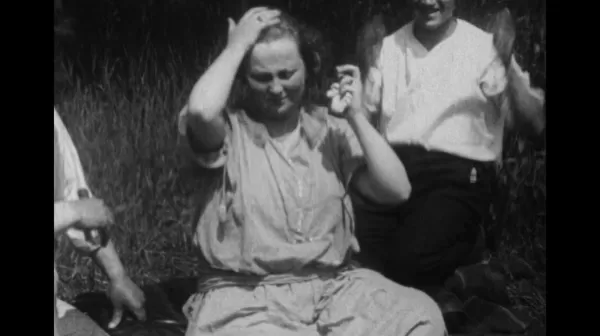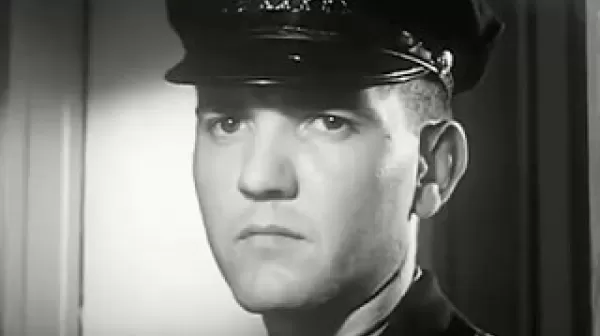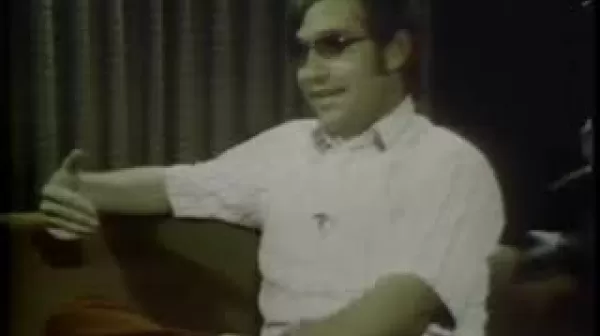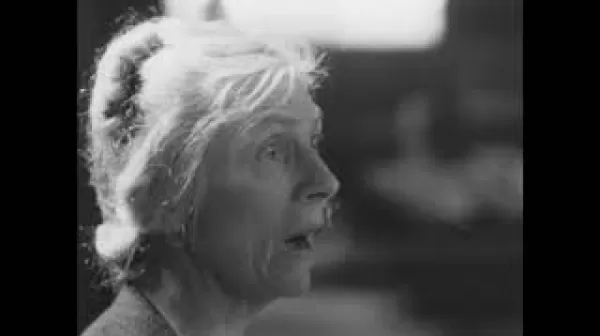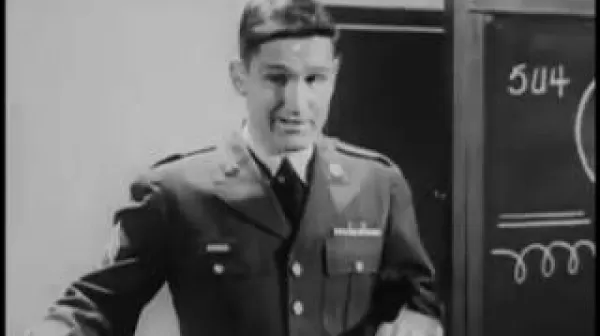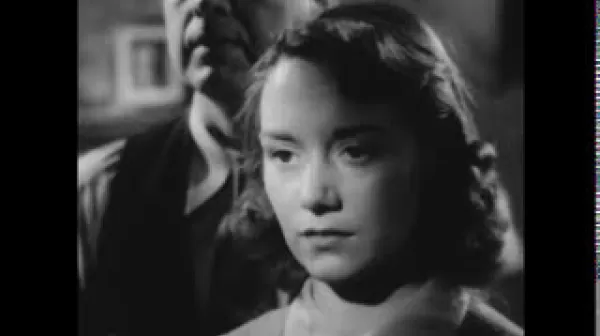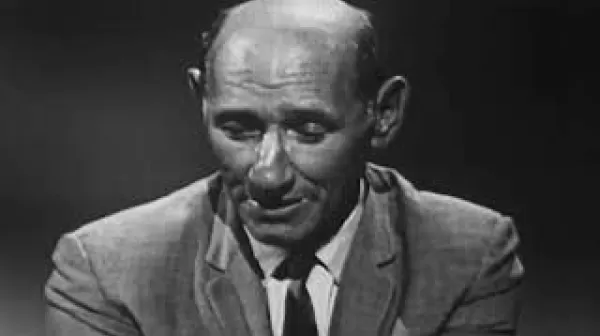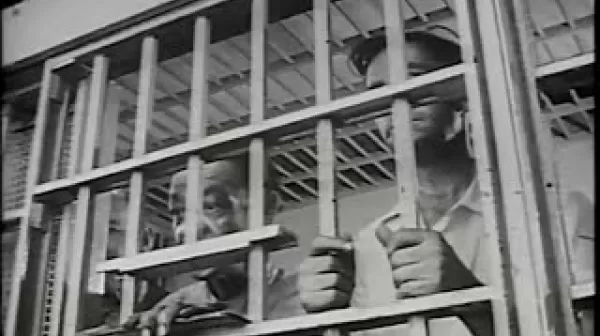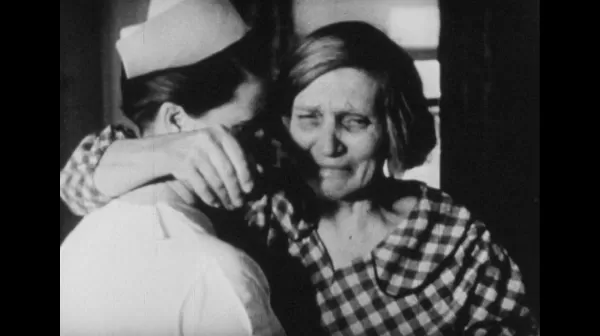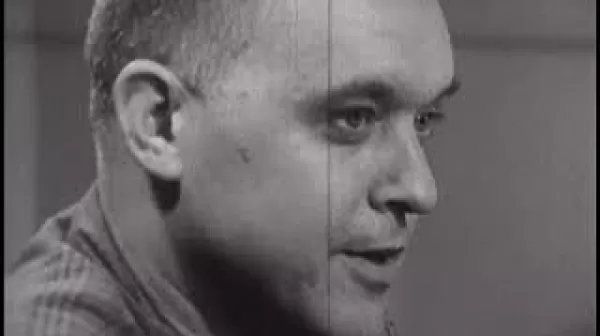Case Study of Multiple Personality (C. C. Wholey, 1923)
This film records a case of multiple personality. A woman (Mrs. X) regresses to a childhood state (Susie). She also has another, less well-developed secondary personality (Jack). Later, in response to the death of her parish priest, Mrs. X goes into a trance state for 24 hours and emerges as a baby with a mental age of about one year. The patient is seen at a family picnic, and later, as Susie, writing down answers to questions. There appears to be a struggle between Susie and Jack, and when Jack appears, he exhibits male posture and handshake. Mrs.

